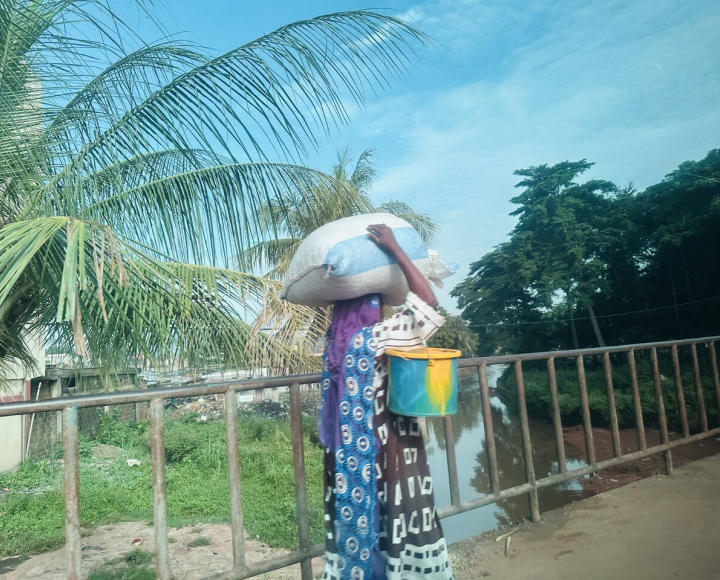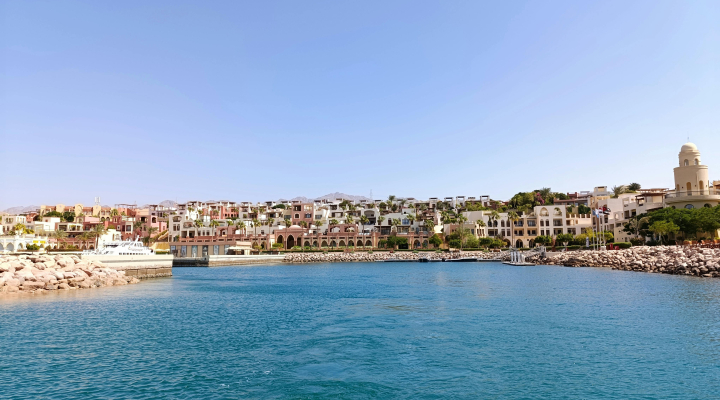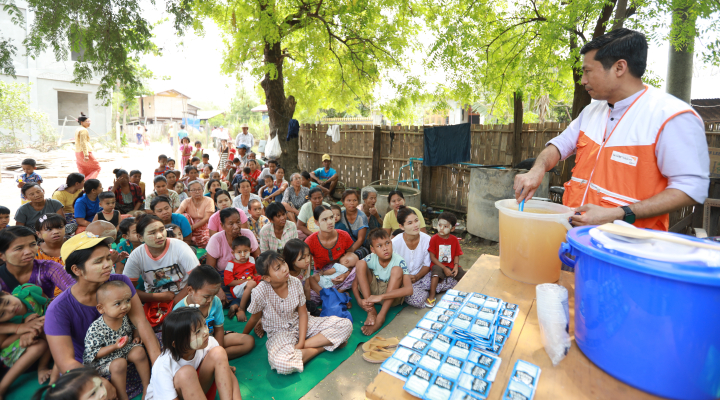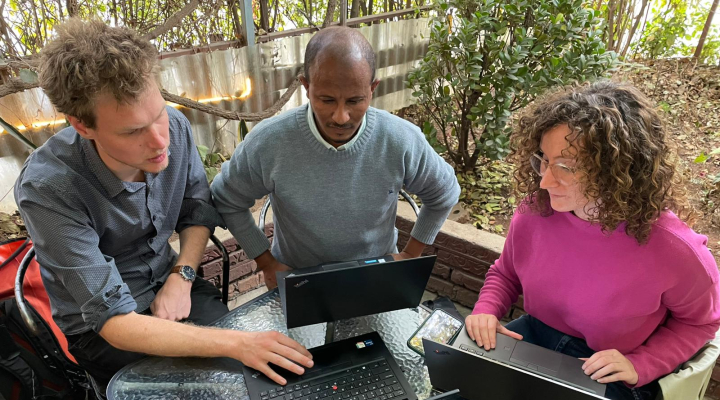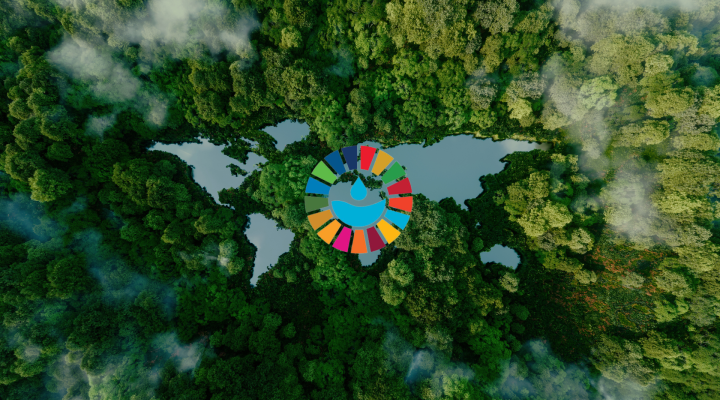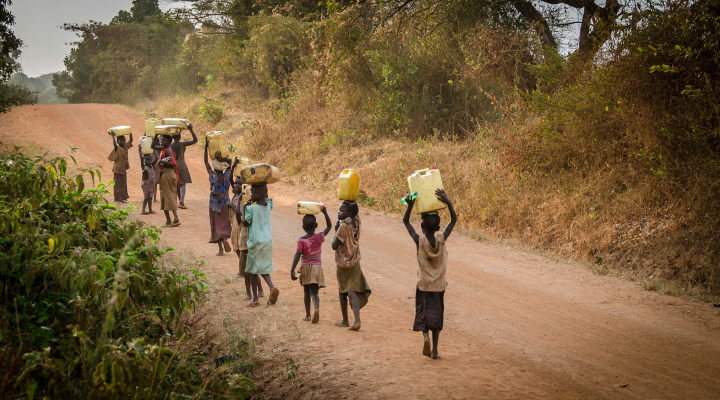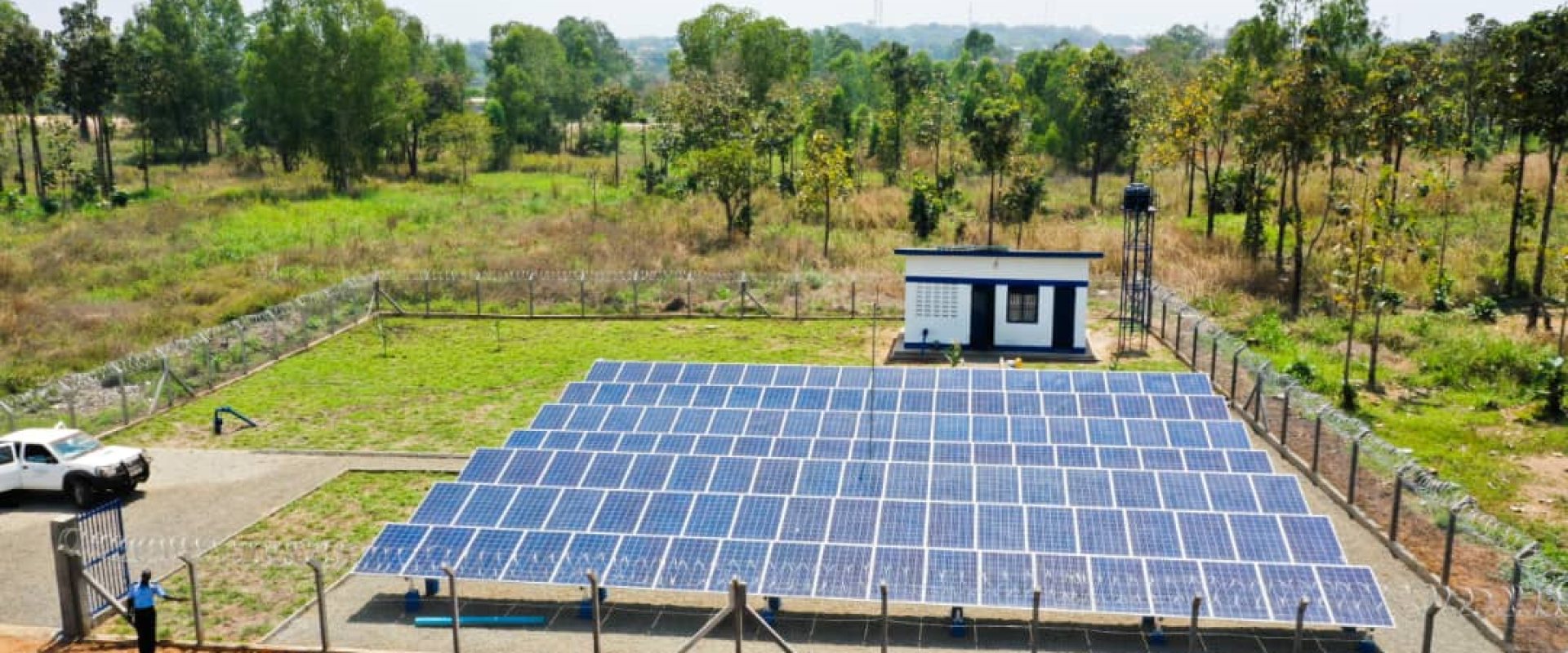
Harnessing the sun for rural water supply
The National Water and Sewerage Corporation (NWSC) in Uganda is ambitious. “Our goal is clean water for all, and we have not achieved that yet,” says Dr Rose Kaggwa, director of Business and Scientific Services at NWSC. “Even though we are doing well, we are not doing good enough.” NWSC have succeeded by partnering with local and international partners and are now looking to scale up.
The Uganda government fully owns NWSC. It provides water and sewerage services to the major urban centres and cities across the country. Over 10 years, it has expanded its service from 24 to 264 cities and towns. Now it has 80% coverage for drinking water and 22% for sewerage. But it wants 100% coverage, especially in rural areas with higher poverty and limited access. Traditionally, it would have done this independently but instead decided to partner with the private and knowledge sector through a Dutch PPP facility called Sustainable Water Fund.
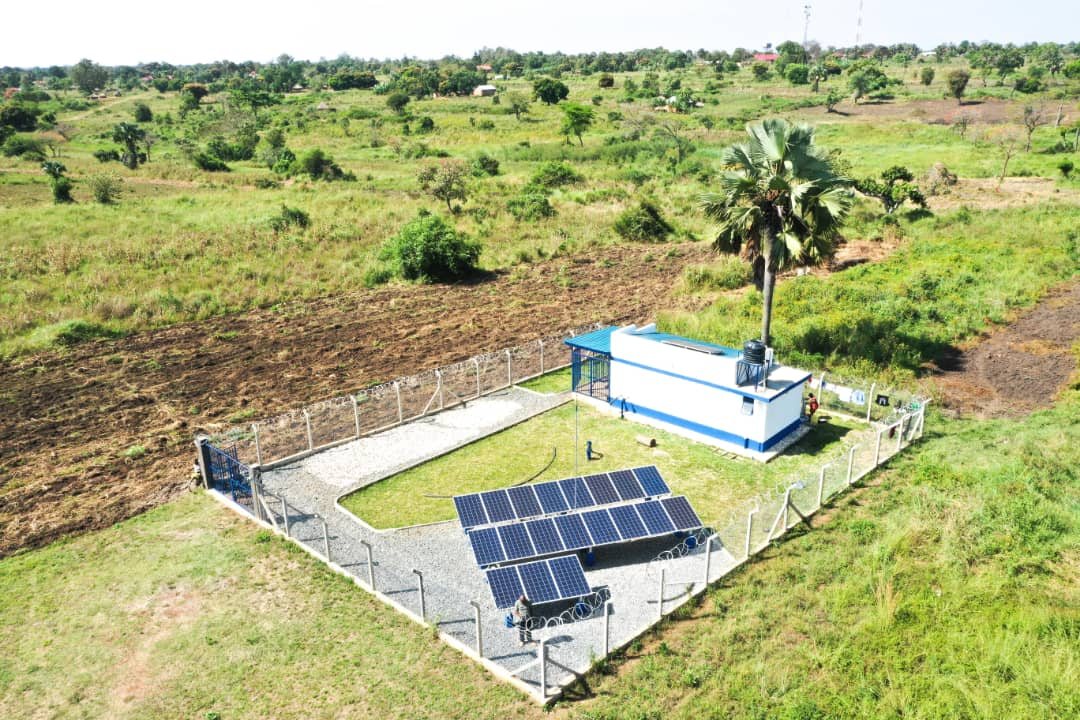

Solar power
NWSC knew what they wanted and brought in the partners, such as the IHE Delft Institute for Water Education, Vitens Evidens International (VEI) - both based in the Netherlands -, and Plan International, an international NGO. They planned to improve the water service level in Northern Uganda.
After the war, small towns expanded, and the water demand shot up. “We wanted to look at alternative approaches for water, sanitation and sewerage,” says Dr Kaggwa. It turned out that one of the challenges in these towns was the unstable hydropower energy supply. “So, we installed solar energy stations and piped water networks to counteract power disruptions.”
Households can pay for a household water connection. Public stand posts, operated by women entrepreneurs, ensure a household connection to water for those who cannot afford it.
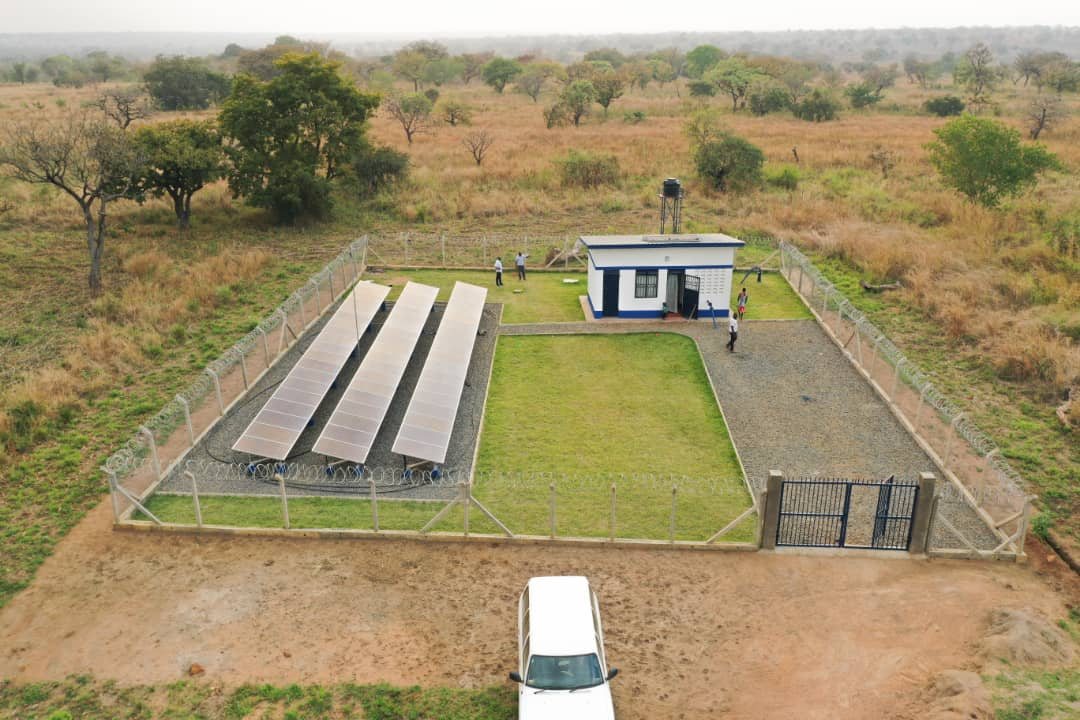

Infrastructural investments
Working together with VEI and IHE Delft has been a positive experience. Dr Kaggwa continues, “We worked on the proposal and the implementation. We faced challenges together and learnt from each other. Everyone had their contribution to the project.” Local partners Kagga & Partners supplied solar panels, and Davis & Shirtliff coordinated the implementation of the schemes. “One of our mistakes was that we were too slow implementing. To me, the lesson is to make the actual infrastructural investments from the very start. That leaves more time to monitor and evaluate the impact.”
Inclusive sanitation
The impact of the project has been very positive. Dr Kaggwa explains, “We carry out regular customer satisfaction surveys. People's lives have improved a lot in places that used to have no water." In the future, NWSC wants to upscale these decentralised solar piped schemes. Dr Kaggwa adds, “We have learnt that we should focus on city-wide, inclusive sanitation. In this project, we focused on schools and health centres, but we want to expand this.”
The power of water
The solar energy hubs have been a surprising success. Like in the north, other areas want to install solar panels, so they will have to rely less on hydropower. The power of water lies elsewhere: in sanitation, sewerage and drinking water. “We are now trying to replicate what we have done in the north,” says Dr Kaggwa. “If the opportunity arises, we will continue with the same partners. We appreciate the contribution from the Dutch government because this project has an infrastructural impact. We want to expand that.”
NWSC is exploring various financing arrangements with multilateral donors and financial institutes to make this possible.
This article is part of a series based on projects within the Sustainable Water Fund, a Dutch Public-Private Partnership (PPP) facility commissioned by the Dutch Ministry of Foreign Affairs that aims to contribute to water safety and water security in developing countries. The facility was supported by the Netherlands Enterprise Agency. If you would like to receive more updates on their projects, please sign up for the Sustainable Water Fund Newsletter.




